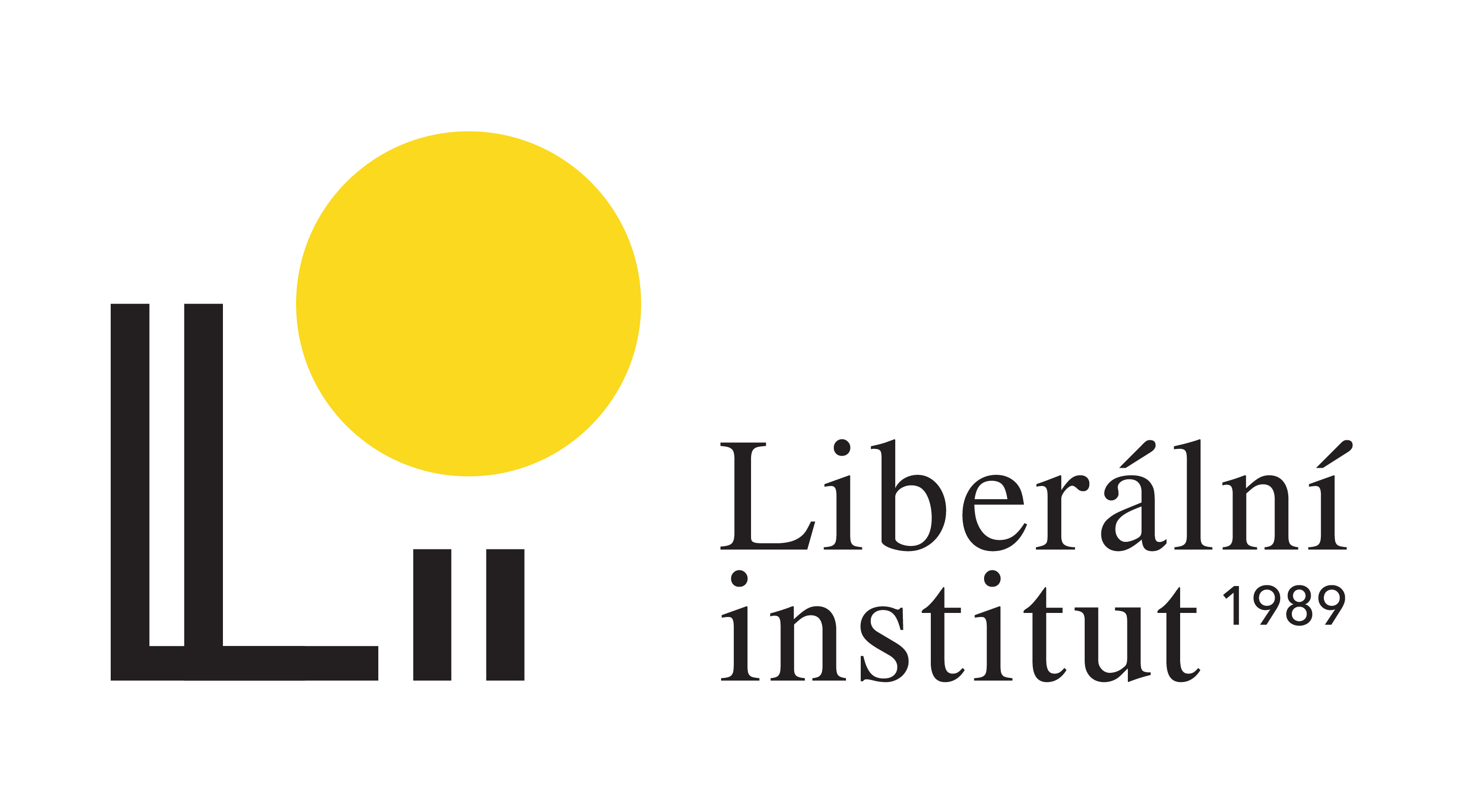
When I was born, the population of the world was a little over 5 billion. By the time I started avidly browsing the back of atlases in primary school, with all the information about populations, it had reached 6 billion. We reached 8 billion in 2022, and – according to estimations – around 2058 the world will be inhabited by 10 billion humans[1]. Yet, we constantly hear how the birth rate is dwindling in the European Union (EU) and the United States[2]. Countries therein are trying desperately to incentivize people to boost the population –to little avail. This phenomenon, in turn, leads to an aging population, which increasingly burdens social systems.
Download full article: 05-MÁTÉ HAJBA CHILDREN IN THE 21ST CENTURY THE CASE OF HUNGARY
On the other hand, there is talk[3] about the cost of every new human life with regards to the climate change, how Earth’s resources are gobbled up faster than they can reproduce, and how a Malthusian catastrophe[4] is imminent. These might seem like paradoxes. How can birth rate be a problem in higher-income regions, when it takes only slightly over a decade to add another 1 billion to Earth’s population? Why do measures to reverse population decrease in areas such as the EU more likely than not to fail? Would it not be better for the planet to sustain fewer people? And how come, that despite the increasing numbers, not only is there no sign of a looming catastrophe, but the number of those suffering from hunger are declining throughout the world as are the number of conflicts (at least up until the war in Ukraine), while life expectancy in general is increasing? What exactly is the tally of positive and negative developments in our world, and how do they affect people’s propensity to want to have children? Let us, therefore, examine these questions, with the aim to provide proposals on changes that need to be brought about in order to boost birth rates in the West.
A Complex Issue
Most of the current policies in the European Union and the United States fail to acknowledge how complex the matter is, and by focusing only on single measures (such as tax benefits), the excluded other issues (such as climate anxiety, prospects for the future, career choices, mental wellbeing, and many others) are left neglected. Nowadays, information is more readily available than ever. Before a major decision (such as deciding to have children), couples will consider matters such as healthcare, schooling, careers, housing, and security. These complex systems all need to align to bring people to a decision.
Then there are adoption and abortion laws, education on family planning, the matter of abuse in the family, divorces, and a plethora of other matters that sway birth rates. Most importantly, why does it really matter? Should there be incentives to boost birth rates, or should governments retreat completely from this decision?
This very complex issue is worth investigating with its different perspectives and best practices. The situation in the EU – with a particular focus on Hungary – could provide a better understanding of birth rates all over the world. Different sectors (such as healthcare, the job market, academia, or policy makers) have various relationships to the matter – though interconnected, they need to be looked at individually.
[1] https://populationconnection.org/blog/world-population-milestones-throughout-history/
[2] Data of the World Bank: https://data.worldbank.org/indicator/SP.DYN.TFRT.IN?locations=EU-US
[3] https://www.bbc.com/future/article/20220905-is-the-world-overpopulated
[4] https://www.economicsonline.co.uk/managing_the_economy/what-is-the-malthusian-theory-of-population.html/
DOWNLOAD FULL ISSUE (PDF):





















